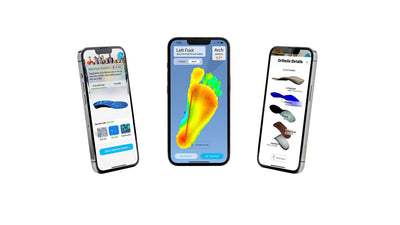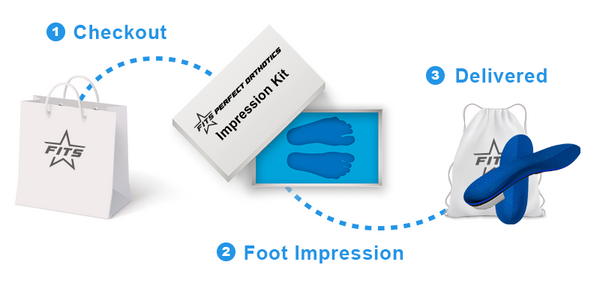Understanding Metatarsalgia
Metatarsalgia refers to a condition characterized by pain and inflammation in the ball of the foot, specifically in the area between the arches and toes. It commonly affects athletes, runners, and individuals who engage in high-impact activities. Metatarsalgia can be caused by various factors, including:
- Excessive pressure: High-impact activities, wearing ill-fitting shoes, or prolonged standing can place excessive pressure on the metatarsal bones, leading to pain and discomfort.
- Foot abnormalities: Structural foot abnormalities, such as high arches or bunions, can contribute to the development of metatarsalgia.
- Overuse injuries: Repetitive movements and overuse of the foot can strain the metatarsal joints, resulting in inflammation and pain.
Benefits of Exercises and Stretches for Metatarsalgia
Incorporating targeted exercises and stretches into your daily routine can bring about numerous benefits when it comes to managing metatarsalgia pain. Some of the advantages include:
- Pain relief: Engaging in specific exercises and stretches can help alleviate pain and discomfort associated with metatarsalgia by reducing inflammation and improving blood circulation.
- Strengthening: Certain exercises focus on strengthening the muscles and ligaments in the foot, providing better support and stability for the metatarsal bones.
- Flexibility improvement: Stretching exercises promote flexibility, which aids in reducing tension and pressure on the metatarsals, enhancing overall foot function.
- Prevention of future injuries: Regular exercises and stretches can help prevent metatarsalgia from recurring and minimize the risk of other foot-related injuries.
Effective Exercises for Metatarsalgia Pain Relief
1. Toe Curls
Toe curls are a simple exercise for strengthening the muscles in the feet and toes. Follow these steps to perform toe curls:
- Sit in a comfortable position with your feet resting flat on the floor.
- Slowly curl your toes inward, gripping the floor with your toes.
- Hold the position for 5-10 seconds, then release.
- Repeat the exercise for 10-15 repetitions, gradually increasing the intensity over time.
2. Arch Lifts
Arch lifts target the arches of the feet, promoting strength and stability. Here's how to perform arch lifts:
- Stand barefoot with your feet hip-width apart.
- Slowly raise your arches, lifting them as high as possible while keeping your toes on the ground.
- Hold the lifted position for a few seconds, then lower your arches back down.
- Perform 10-15 repetitions, gradually increasing the duration of each hold.
3. Metatarsal Roll
The metatarsal roll exercise helps stretch and mobilize the metatarsal joints. Follow these steps to perform the metatarsal roll:
- Sit in a chair and place a small ball or a frozen water bottle on the floor in front of you.
- Roll the ball or bottle back and forth under the arches of your feet, applying gentle pressure.
- Continue the rolling motion for 1-2 minutes, focusing on the areas where you feel tension or discomfort.
4. Toe Extensions
Toe extensions help strengthen the muscles in the toes and improve flexibility. Follow these steps to perform toe extensions:
- Sit in a chair with your feet flat on the floor.
- Lift your toes while keeping your heels firmly planted on the ground.
- Hold the position for a few seconds, then lower your toes back down.
- Repeat the exercise for 10-15 repetitions, gradually increasing the duration of each hold.
5. Calf Stretches
Tight calf muscles can contribute to metatarsalgia pain. Stretching the calves can help relieve tension and pressure on the metatarsals. Here's how to perform calf stretches:
- Stand facing a wall, with your hands resting on the wall for support.
- Take a step back with one foot, keeping it straight and planted on the ground.
- Bend the front knee while keeping the back leg straight, feeling the stretch in the calf muscle.
- Hold the stretch for 20-30 seconds, then switch legs and repeat.
- Perform 2-3 sets on each leg, gradually increasing the duration of the stretch.





















